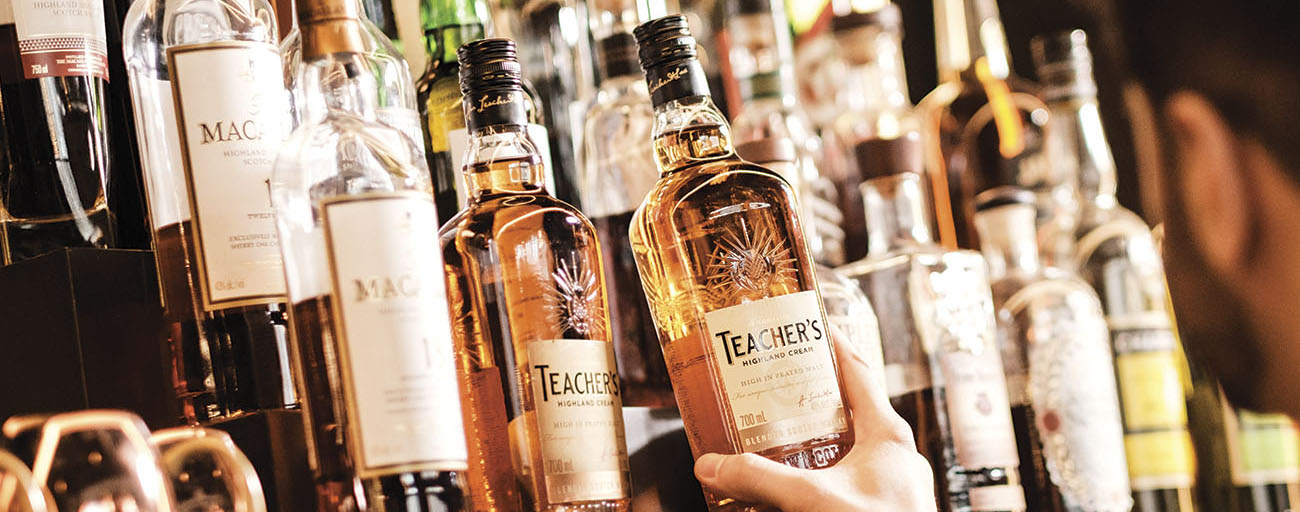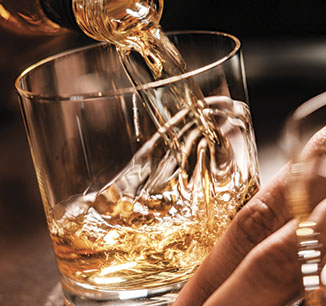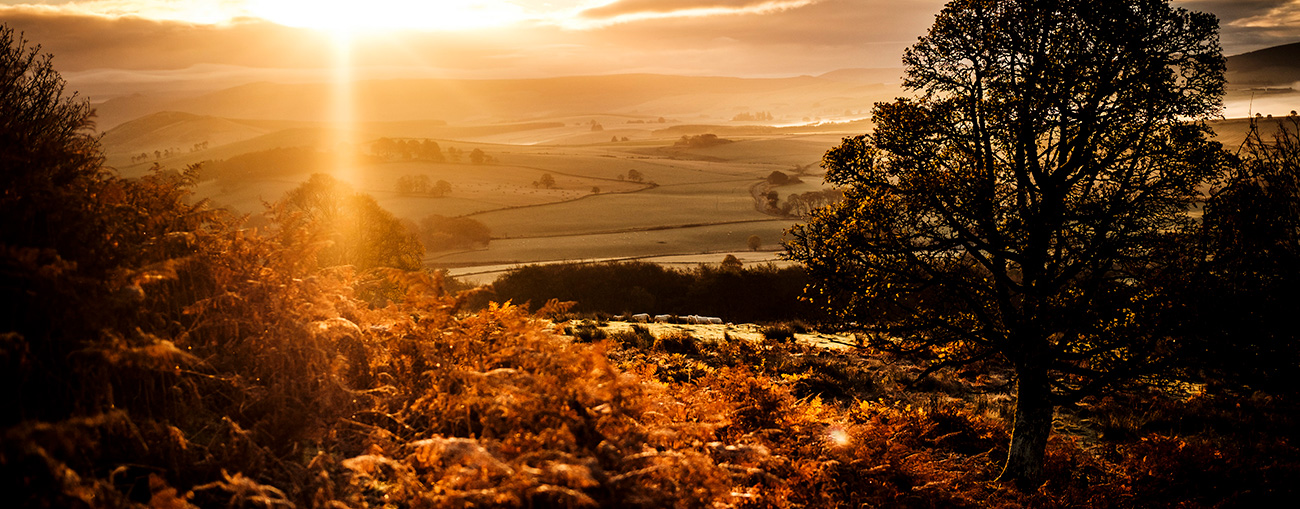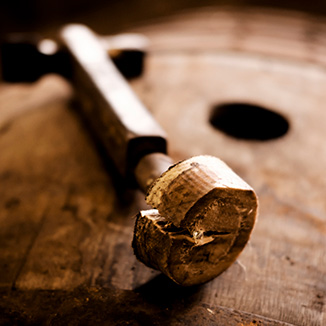The origins of Whisky
The word whisky originates from the Gaelic ‘uisge beatha’ or ‘usquebaugh’ which simply means ‘water of life’. Who first invented whisky has long been disputed between the Scots and the Irish, although most agree that monks brought distillation along with Christianity in the 4th and 5th centuries. An entry in the 1494 records, known as the Exchequer Rolls, helps us understand the origin of whisky in Scotland. It reads ‘by order of the king, eight bolls of malt to Friar John Cor wherewith make aqua vitae’. John Cor was the distiller at Lindores Abbey in Fife. According to the SWA, ‘eight bolls’ would be enough to produce almost 1,500 bottles, an indication that whisky making was already established in Scotland by the 15th century.












